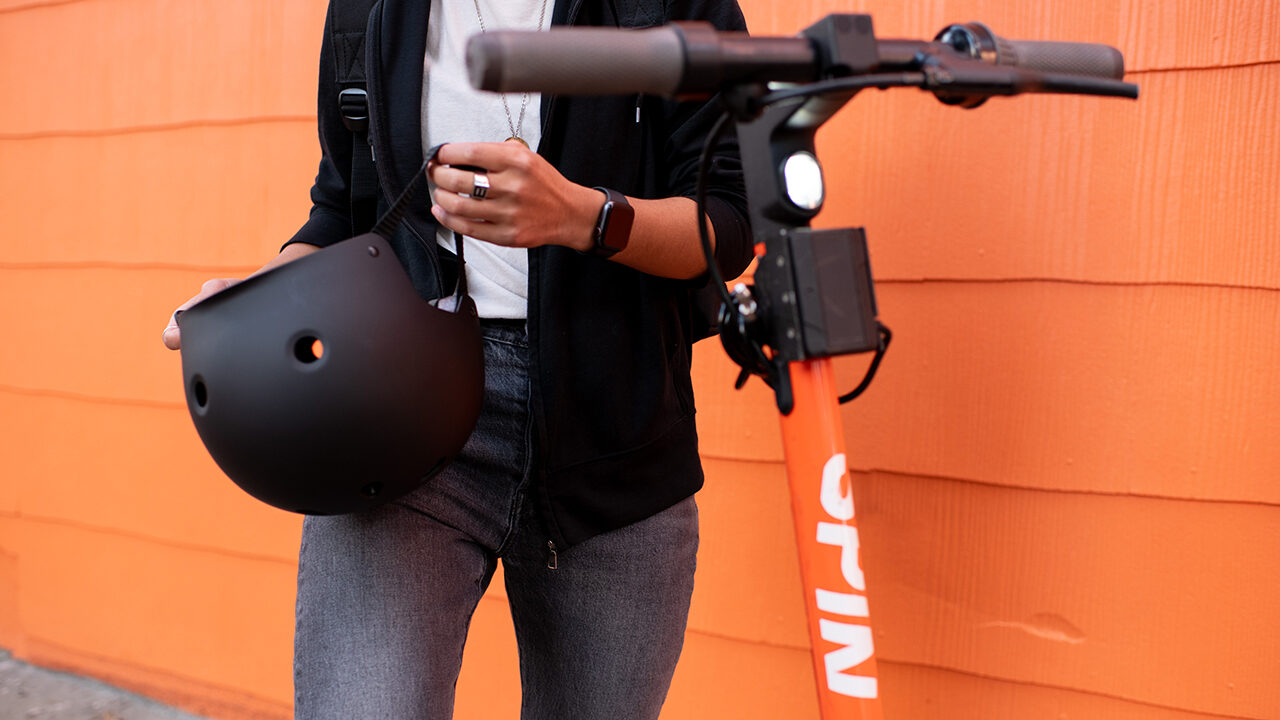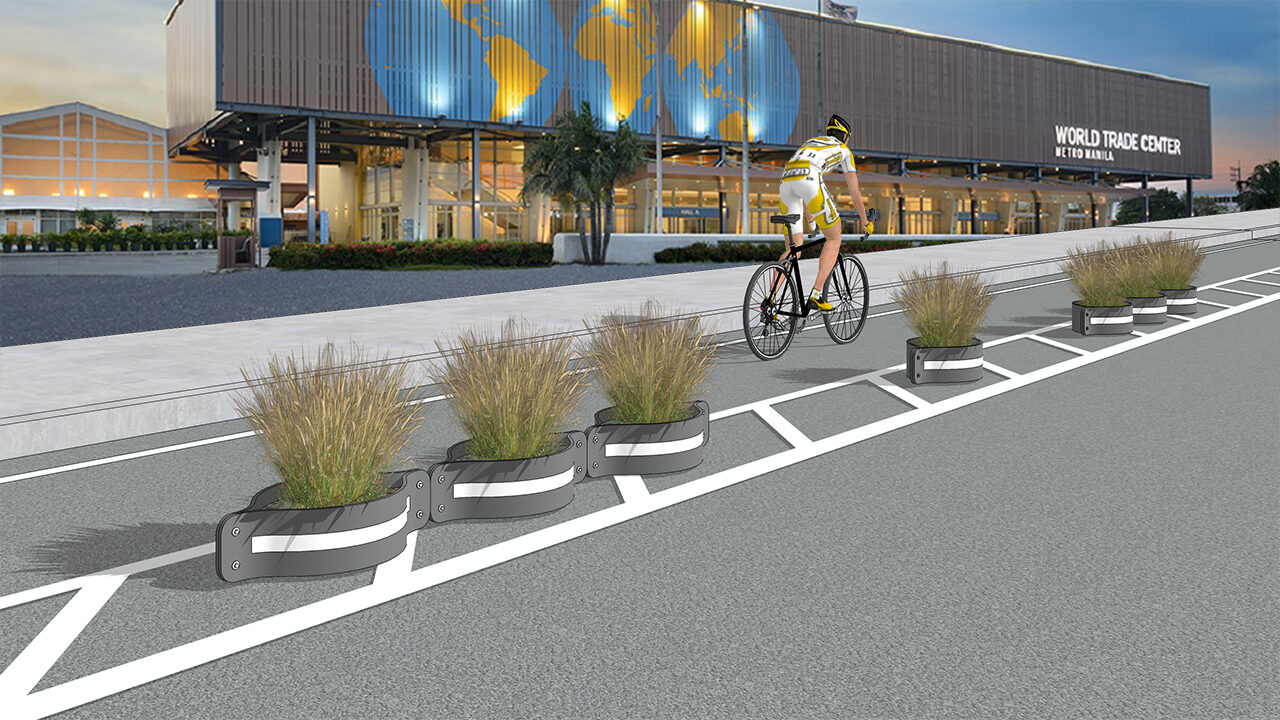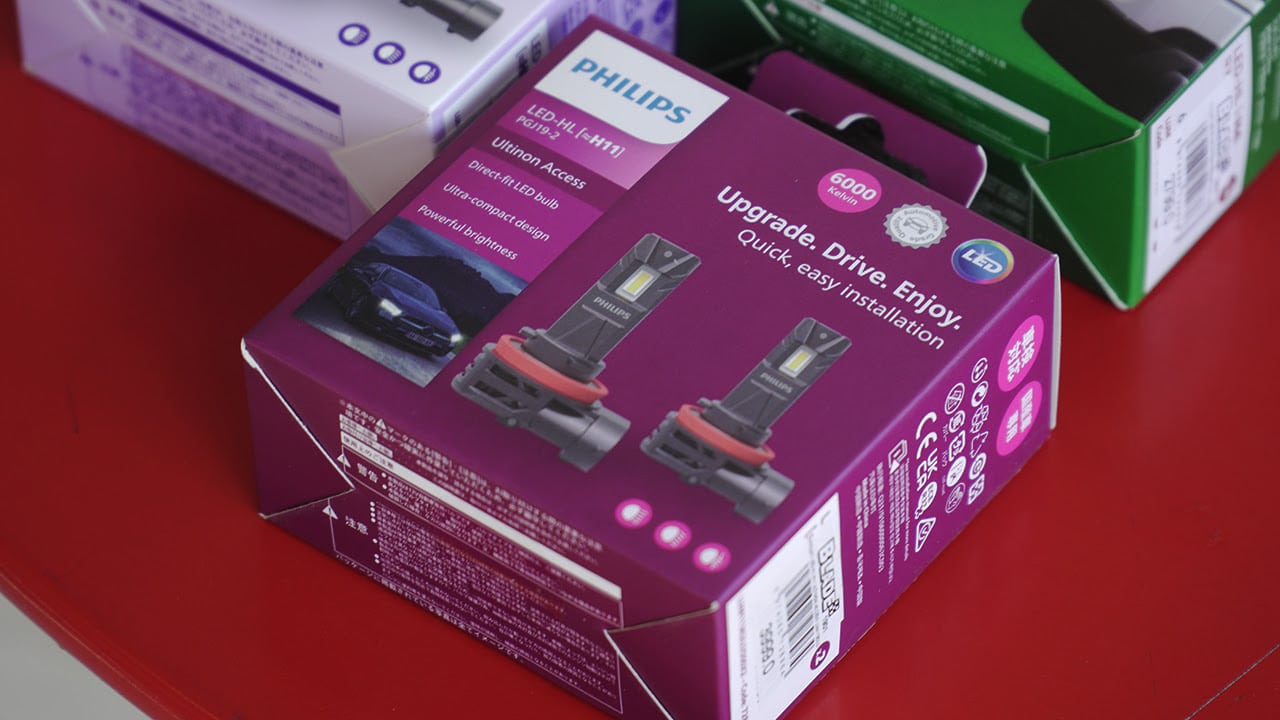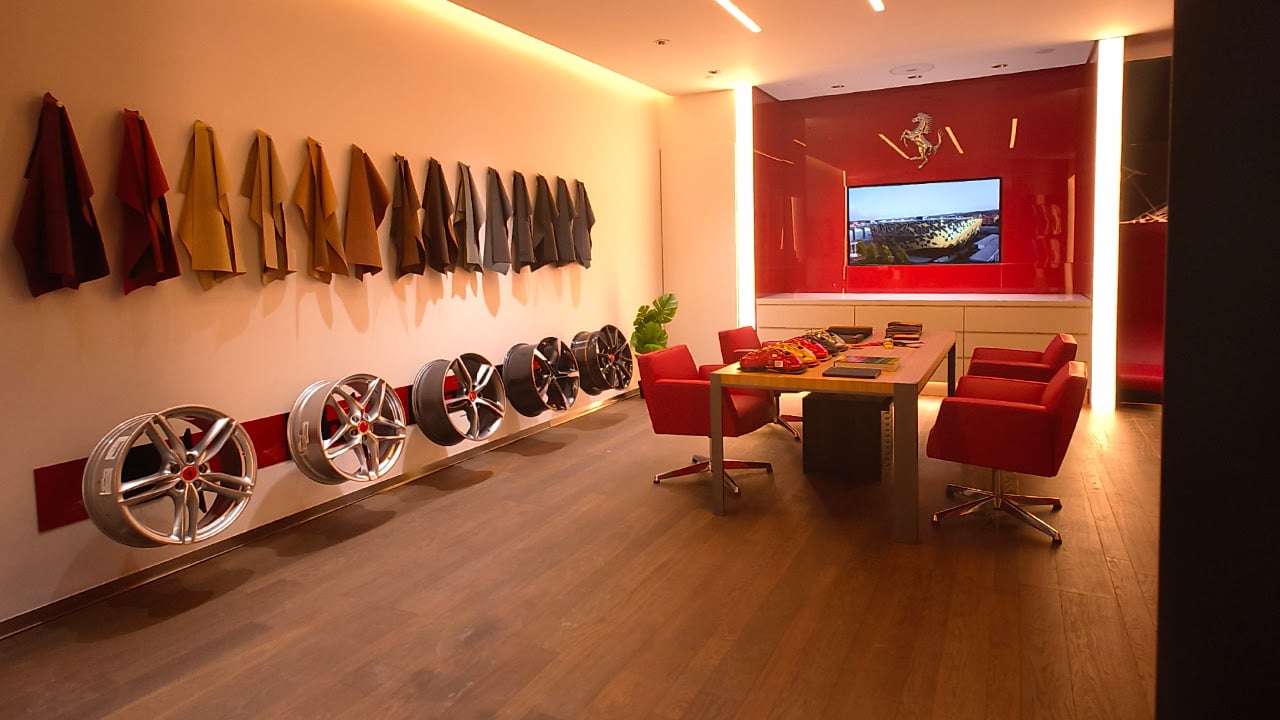Cities across the globe are facing the significant safety and space challenges of relying on streets designed for automobile travel, but increasingly being used by people on foot, scooters, bicycles, assistive devices, and other modes of active transportation.
Over the past two months, Spin’s “Build A Better Barrier Challenge” has solicited innovative ideas and concepts that could enable cities to make their streets safer and more accessible for modes of transportation that have not been historically prioritized.
After receiving entries from designers across the country, the contest judges have awarded the grand prize to Caressa Givens, a long time transportation advocate from the Wisconsin Bike Federation, and Arthur Talayko, a Milwaukee-based designer. Their design, called “WeCLAIM,” proposes a mobility lane divider made from reclaimed tires and filled with plants and grasses. According to the submission, “With a simple template, a used tire, a few basic hardware store parts, common tools, and a bit of elbow grease, just about anyone can make, install and maintain a WeCLAIM lane delineator.”

Givens and Talayko, from Milwaukee, WI, will receive US$ 1000. In addition, Spin will work with designers from D-Ford’s Makerspace to manufacture a prototype based on the WeCLAIM design and provide an introduction to a manufacturer with experience in producing similar designs at scale.
“We have seen pedestrian and bicyclist deaths due to automobile accidents rise to 30-year highs. Historically, traditional painted bike lanes haven’t provided much protection at all,” said Kay Cheng, Interim Head of Policy Initiatives for Spin. “We hope that Build a Better Barrier will prove to be an important step in making our streets safer and more inviting for people using mobility outside of cars.”
Challenge judges Veronica O. Davis of Nspiregreen LLC, John Abernethy product design manager at D-Ford – Ford Motor Company and Carlos Cruz-Casas, P.E., assistant director of strategic planning for Miami-Dade County’s Department of Transportation and Public Works, three of 10 judges, also awarded prizes to Aaron Greiner (2nd place) for his “The Chain” and “WAVE” designs and Bruce Ferguson (3rd place) for his “Velo View” concept.
These designs also highlighted the use of sustainable materials and customizable components that could be readily deployed in quick-build transportation projects or temporary street transformations. The second and third place individuals will receive US$ 500 and US$ 250, respectively. All winners will be highlighted by Spin in promotional materials, blog posts, and social media.

“Some of the things that impressed me the most about the teams that won, is their ability to use recycled materials,” said Davis, referring to proposed reuse of car tires in “WeCLAIM’s” design. “There are car tires everywhere. It’s an opportunity to reuse things that are currently polluting, in particular Black, Hispanic, and also low-income communities. It’s an opportunity to reuse those things and make them beautiful.”
“The COVID-19 pandemic has changed city landscapes overnight forcing citizens to completely reimagine their commuting habits. Reduced capacity on public transportation and the need to achieve physical distancing, has helped all of us rediscover the benefits of active mobility solutions such as bikes and scooters,” said Cruz-Casas. “Streets are the tissue that connects our communities, not just our cars. We need creative thinkers to help us re-imagine a way to keep our streets safe and viable for all.”

“To further increase rolling, biking, and scooting on our streets, cities need to reclaim space from cars to protect vulnerable road users,” Abernethy said. “We saw several economic and utilitarian solutions that should attract the attention of city planners. My hope is that this competition will connect cities with designers to test out these innovative designs in their communities.”
To find out more about the “Build a Better Barrier Challenge” and see depictions of the winning concepts, visit Spin’s dedicated page.












